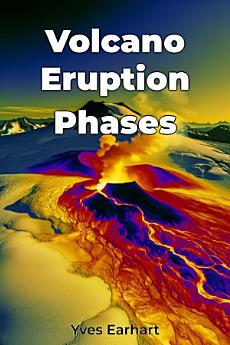Volcano Eruption Phases
About this ebook
Structured in three distinct sections, the book progresses logically from the fundamental physics of magma movement and chamber dynamics to surface-level volcanic indicators, culminating in an analysis of ecosystem impacts. Readers gain insights into how specific geological stages follow recognizable patterns, from subsurface magmatic processes to visible surface deformation.
The text particularly excels in explaining how these changes affect mountain environments, examining everything from soil chemistry alterations to shifts in vegetation patterns. What sets this work apart is its interdisciplinary approach, connecting volcanology with climate science, ecology, and disaster management.
Drawing from multiple data sources, including satellite interferometry and seismic monitoring networks, the book presents complex geological concepts in an accessible format while maintaining scientific rigor. This balanced approach makes it valuable for both specialists and informed general readers, offering practical applications for volcanic monitoring, ecosystem management, and risk assessment in volcanic regions.







